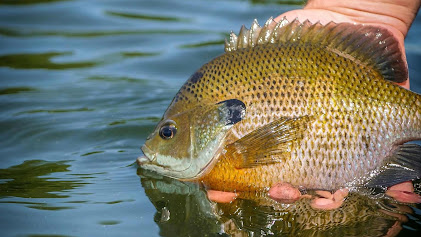Preserving Earth's Symphony: Navigating Biodiversity, Conservation, and Climate Change
Biodiversity Loss: The Silent Threat Unveiled
Biodiversity, the lifeblood of ecosystems, is under siege. Human activities, from habitat destruction to over-exploitation, accelerate the extinction rate, jeopardizing the stability of our natural world. Explore the ramifications of this silent erosion and its implications for the future of our planet.
Conservation Efforts: Safeguarding Nature's Legacy
Meet the unsung heroes of biodiversity conservation. From rewilding initiatives to community-led projects, discover the innovative strategies employed by conservationists to protect endangered species and restore balance to ecosystems. These efforts not only preserve biodiversity but also empower communities to become stewards of their natural surroundings.
Climate Change: Disrupting Ecosystem Harmony
Unravel the intricate web of climate change and its far-reaching consequences. Rising temperatures, extreme weather events, and altered climate patterns are reshaping ecosystems at an unprecedented pace. Witness the cascading effects on migration, food webs, and the delicate dance of flora and fauna in the face of climate adversity.
Innovations in Conservation Biology: Adapting for Tomorrow
Embark on a journey into the realm of cutting-edge solutions. Scientists and conservationists are leveraging the power of biology to develop adaptive strategies against climate change. Explore stories of resilience, from assisted migration to the creation of climate-resilient habitats, showcasing how innovation can be the key to a sustainable future.
As the custodians of Earth's legacy, we stand at a crossroads. This article serves as a rallying call, urging readers to champion biodiversity, support conservation initiatives, and advocate for policies that prioritize our planet's well-being. Let us unite to restore harmony to the symphony of life, ensuring a resilient and sustainable future for generations to come.















